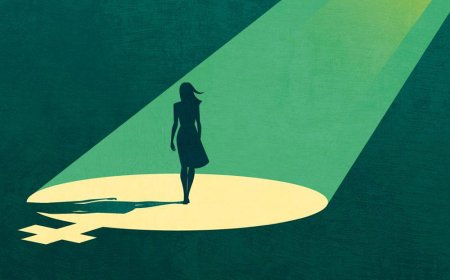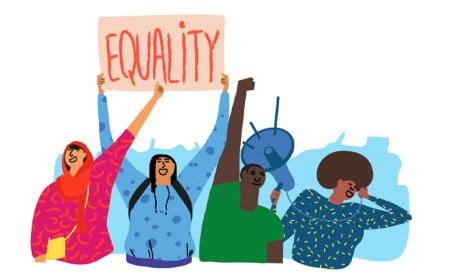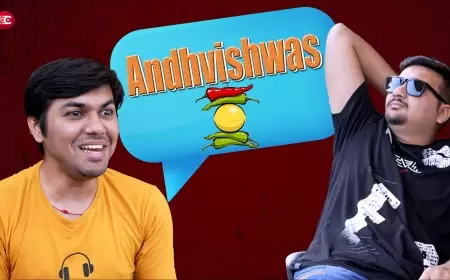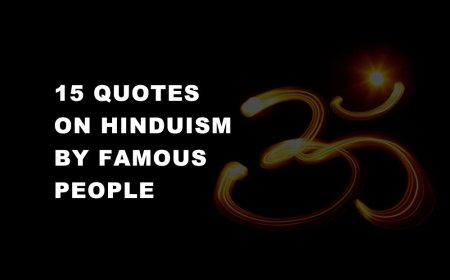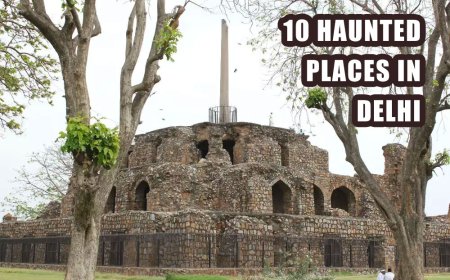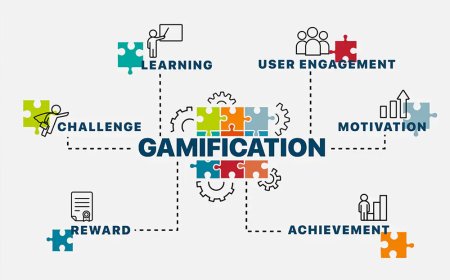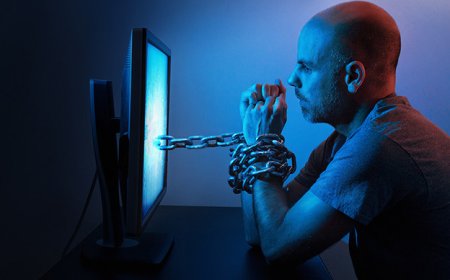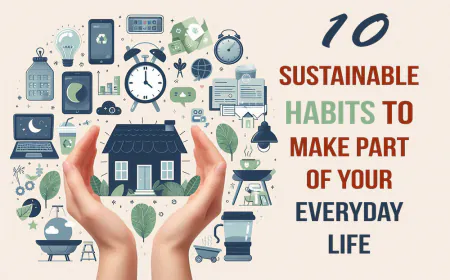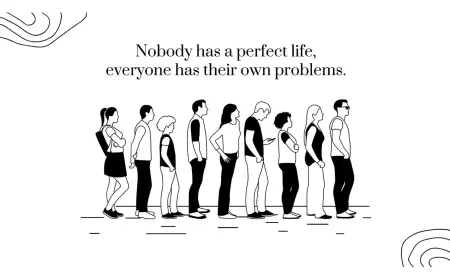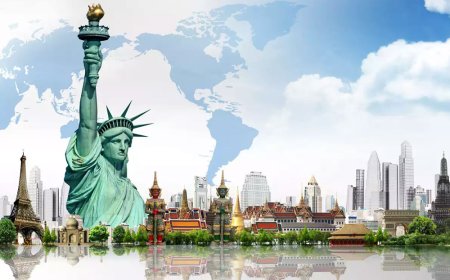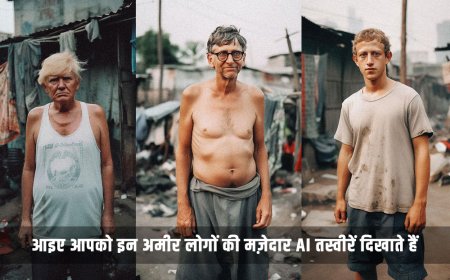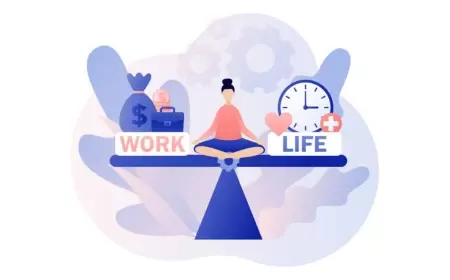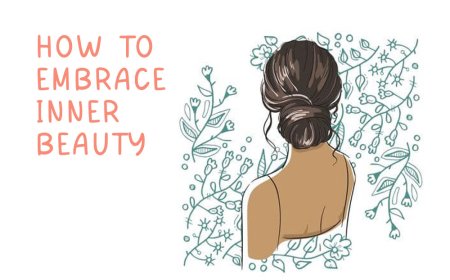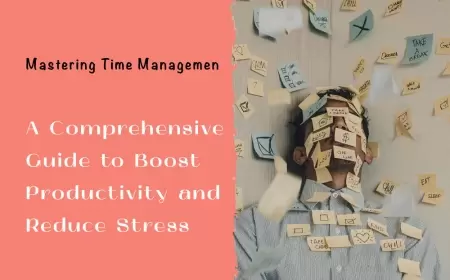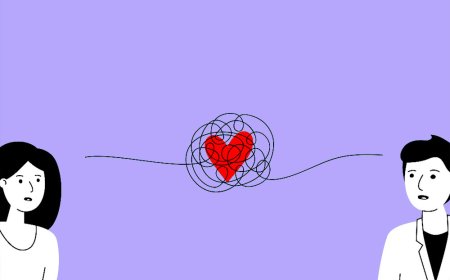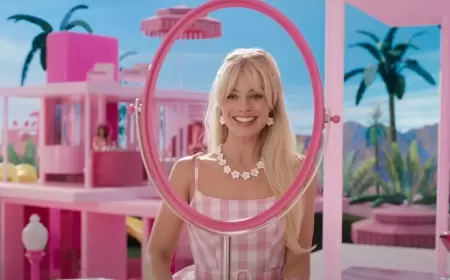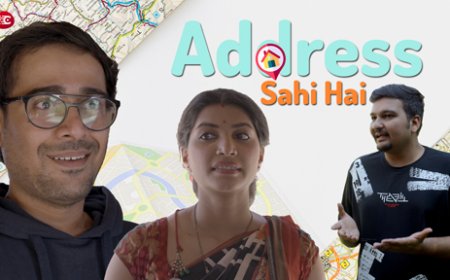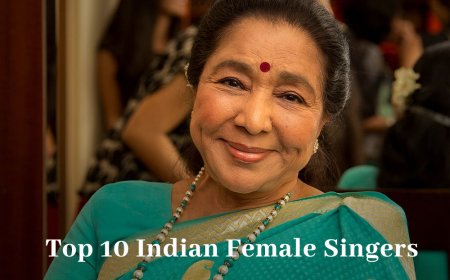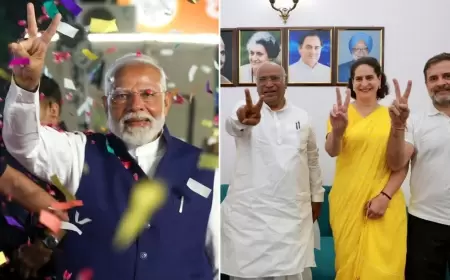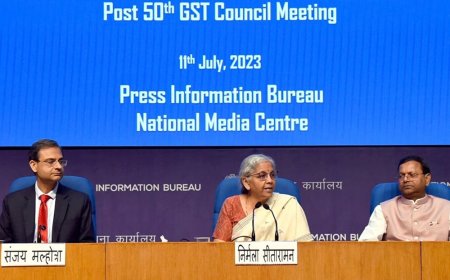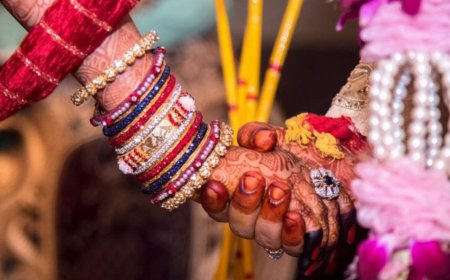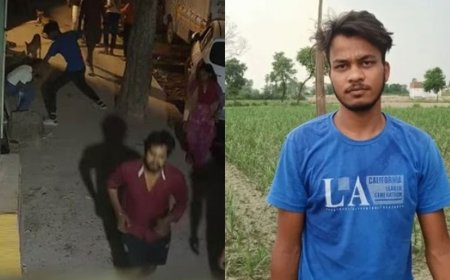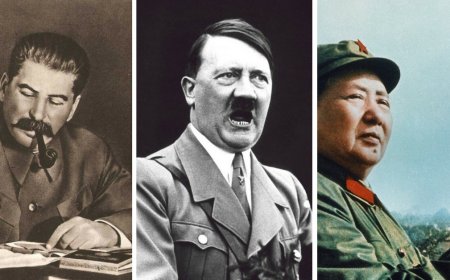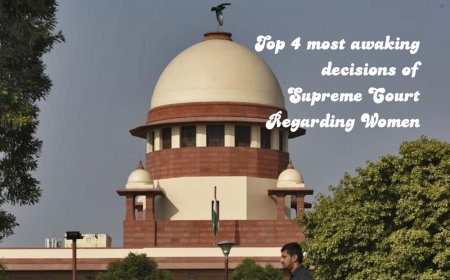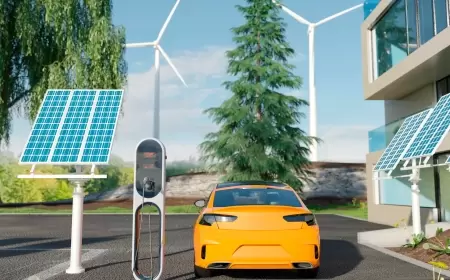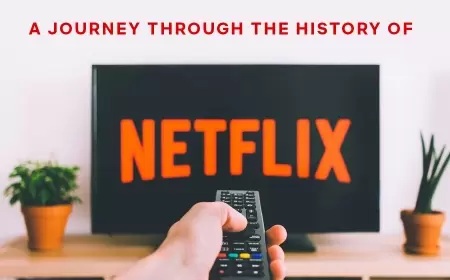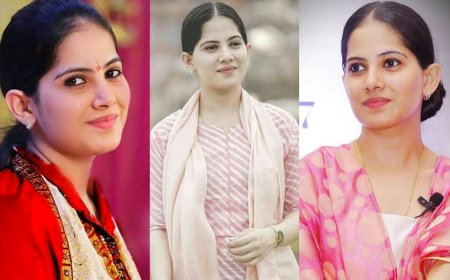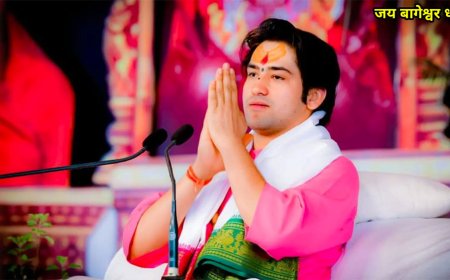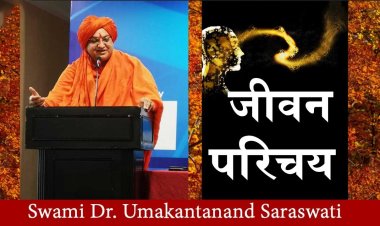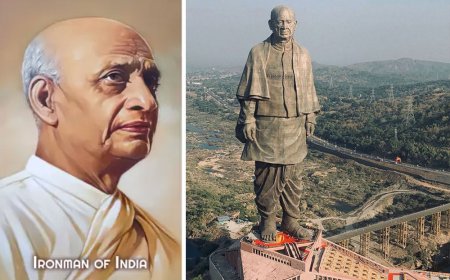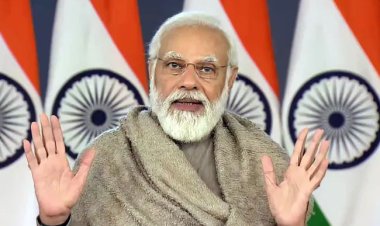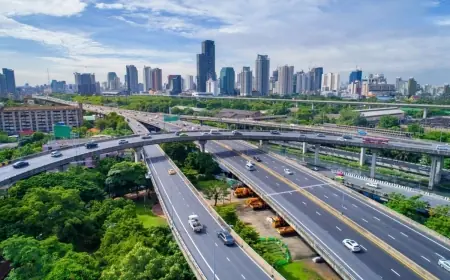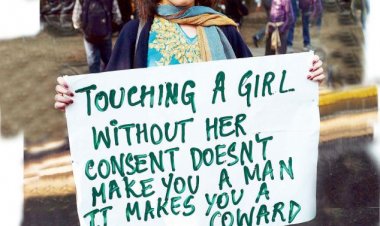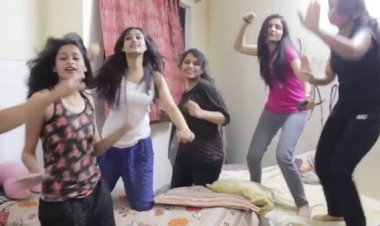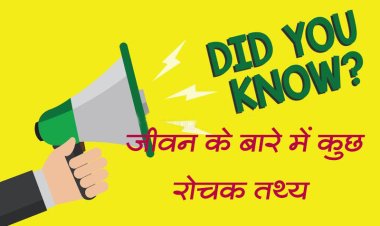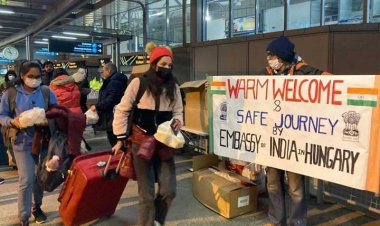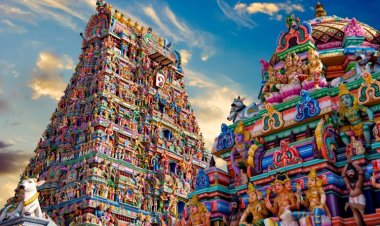The findings of the 75th round of the NSSO survey on "Household Social Consumption of Education in India", which was conducted from July 2017 to June 2018, are quite unsettling. The growth of education has generally resulted in a rising household financial load, making education beyond the secondary level almost unattainable for the majority of working people, and even schooling has expenses for families that may be extremely significant.
The Right to Education Act of 2009 mandated that schooling up to the age of 14 would be free and necessary, and the spirit of that legislation plainly called for the state to cover the costs of primary learning. However, as shown in Chart 1, only a portion of students—less than a quarter in metropolitan areas—receive free education. Additionally, additional expenses related to education, such as textbooks, uniforms, and transportation, increase the financial strain on families. And very few pupils received any help in this regard.
SHARP INCREASE
Furthermore, it appears that expenses climb significantly with the quality of education offered, especially for government schools. Up to secondary education, government schools have very modest costs, therefore the expenditure gap between them and private institutions (both aided and unassisted) is fairly considerable. But after that, the gap closes, and at the graduate and post-graduate levels, there is little distinction between them and privately supported institutions of the government.
It is remarkable that upper secondary education costs are particularly expensive for private, unaided institutions—almost as high as post-graduate costs. In essence, this implies that not just the poor but even members of the middle class are virtually shut out of postsecondary education. Naturally, gender differences continue to widen after these stages as families become less willing to spend as much money on the education of girls.
The average monthly education costs for two students in relation to the earnings of male employees as disclosed by the Periodic Labour Force Survey carried out over the same period of 2017-18, in order to give an idea of how much these costs total. (Remember that the wages earned by women workers are significantly lower.)
TAKING ADVANTAGE OF THE VULNERABLE
The statistics are ominous. In metropolitan locations, it would cost close to 40% of a casual laborer’s salary to educate two children (assuming 20 days of work per month, which may be an exaggeration). Rural wage earners have smaller proportions, mostly because they are essentially barred from pursuing higher education for their offspring. The poll reveals that just a tiny percentage of families tried it, and fewer than 1% of rural homes with occasional employees had someone pursuing a doctorate degree. The average cost of a student in a rural casual labor home went from $335 per month for secondary school to $576 for higher education to more than $12,220 for diplomas, certificates, and other advanced degrees.
It is important to keep in mind that the actual fees make up just a small portion of the overall costs associated with schooling. According to Figure 3, just 43% of all educational costs in rural regions and 57% in urban areas were covered by institution fees, which include not only tuition but also examination fees, "development" fees, and other charges. Particularly in remote places, a sizable portion of the budget is spent on books and other materials, and transportation expenses are high everywhere. Interestingly, private tuition fees continue to be substantial, indicating that despite the relatively high charges, the quality of the learning given by institutions is insufficient to satisfy the expectations of students.
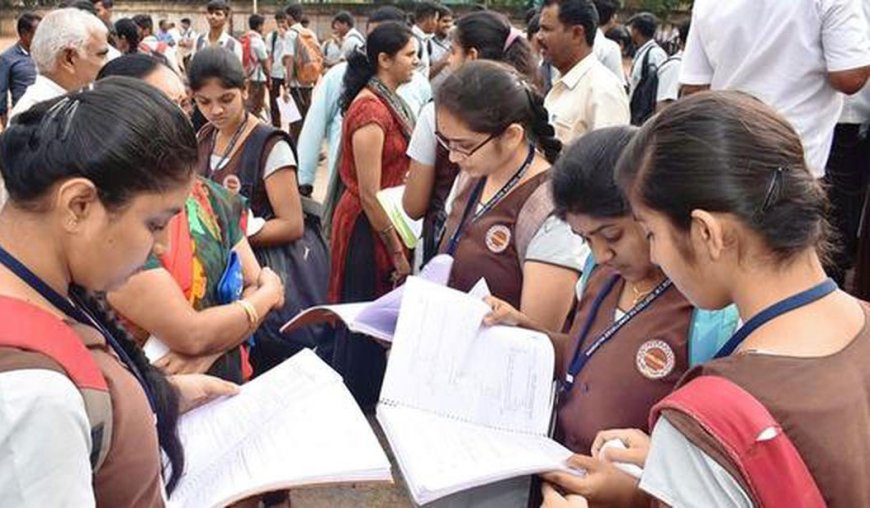
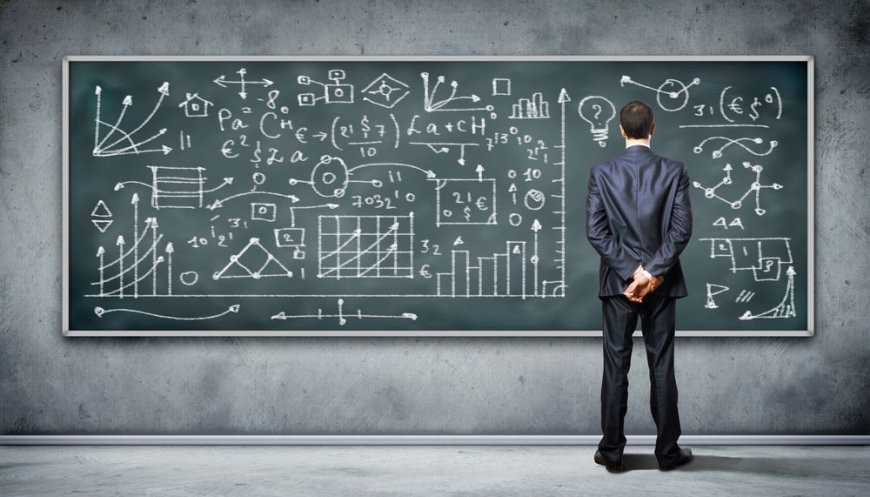
 Like
1
Like
1
 Dislike
0
Dislike
0
 Love
0
Love
0
 Funny
0
Funny
0
 Angry
0
Angry
0
 Sad
0
Sad
0
 Wow
0
Wow
0









